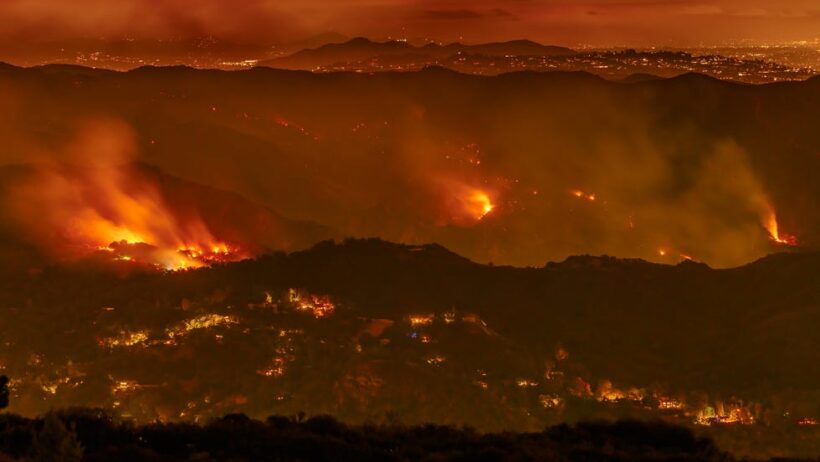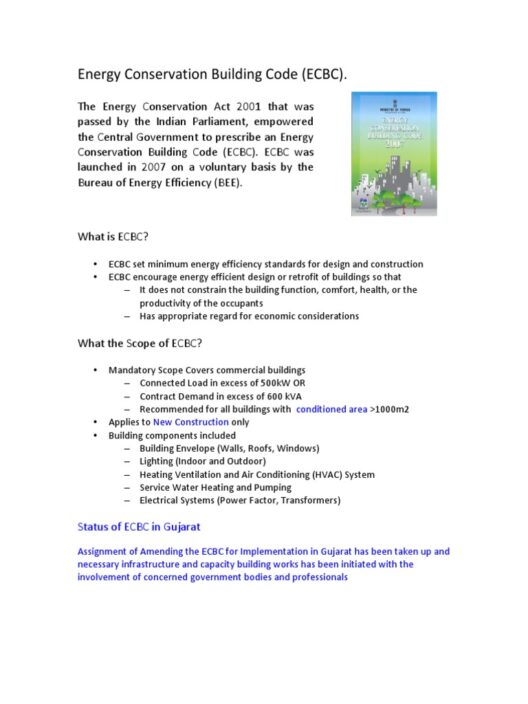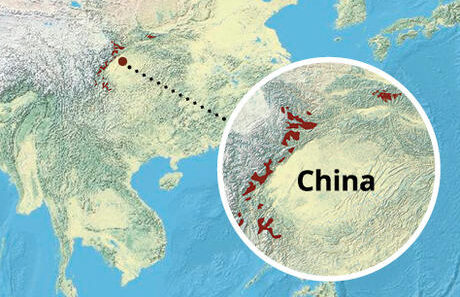In the throttling grip of climate change, California wildfires emerge not merely as ephemeral calamities, but as unrelenting harbingers of an impending environmental maelstrom. These infernos, often portrayed as spontaneous eruptions of nature’s fury, are perhaps better understood as a poignant metaphor for the broader ecological crisis ravaging the planet. When we watch the flames swallow vast expanses of forestland, we witness more than destruction; we witness the destruction of a delicate balance, the symphony of ecosystems interwoven with the threads of human activity.
To dissect the current calamity is to confront the antecedents of climate change. The monumental rise in global temperatures, stemming from anthropogenic emissions, sets the stage for these wildfires. The once predictable seasonal patterns have morphed into unpredictable tumult, transforming the quiet flicker of rural campfires into fierce and uncontainable infernos threatening urban epicenters. The kinetic energy of climate oscillation plays a definitive role in this disarray, pushing California into a new paradigm where wildfires become annual events rather than isolated incidents.
These conflagrations rise like phoenixes, resurrecting ecological systems, albeit in a warped form. The scorched earth offers an ironic duality: destruction paving the path for rejuvenation. Yet, this rejuvenation comes with a steep ecological price. The biodiversity that once thrived across these landscapes is now marred, suggesting that for every flame that heralds new growth, countless species suffocate under the ashen aftermath. The intricate web of life, carefully calibrated over millennia, unravels as these fires consume habitats wholesale, laying bare the paradox of regeneration arising from loss.
Furthermore, the socioeconomic implications cannot be understated. The wildfires act as a glaring magnifying glass, revealing the vulnerabilities of human infrastructure interspersed throughout these landscapes. Communities designed without foresight in the face of evolving climate phenomena find themselves beleaguered, uprooted, or entirely obliterated. As homes become tombstones of memories, the question arises: How can society prioritize development in such precarious locations? The intricate relationship between climate change and human habitation must be recalibrated to prevent a repeat of this tragic cycle.
Additionally, the psychological toll of these incessant wildfires cannot be ignored. Communities brimming with life and culture are shattered, leading to an epidemic of anxiety and despair. Among the ashes of loss lies a mental health crisis compounded by the hopelessness of a situation many view as inescapable. The emotional scars endured by those affected echo across generations, underscoring the argument that these fires extinguish more than timber; they extinguish the spirit of resilience.
In a convoluted twist, the very mechanisms intended to combat these wildfires can exacerbate the climate crisis. Water-intensive firefighting techniques contribute to depletion of essential water resources, further straining ecosystems already beleaguered by drought conditions exacerbated by climate change. The irony spirals deeper: efforts to douse the flames of climate change result in an acceleration of this very change. It emphasizes the need for innovative and sustainable approaches to wildfire management that diverge from conventional methods.
Despite the dire circumstances, there is a flicker of hope. California has a unique opportunity to emerge as a beacon of progressive environmental policy. By integrating policies that focus on reforestation, sustainable land management, and community engagement, the state can transform this crisis into a catalyst for transformation. Understanding the interconnectivity of all living things compels a concerted effort toward ecological stewardship designed hoist communities out of the cycle of despair.
Moreover, reimagining urban planning in fire-prone regions is essential. Zoning regulations must prioritize fire-resilient architecture, creating barriers against potential destruction. Incorporating natural firebreaks through intentional landscaping and controlled burns allows communities to coexist with, rather than fight against, the elemental forces of nature. This harmony might not eradicate wildfires but could mitigate their severity, transforming devastating circumstances into manageable ones.
In conclusion, California wildfires epitomize a climate crisis lurking in plain sight: a formidable interweaving of ecological devastation, socioeconomic peril, and psychological distress. The superlative flames illuminate critical aspects of our existence that demand acknowledgment—humans cannot exist in isolation from nature; to thrive, they must engage in thoughtful dialog with it. The path forward hinges not on viewing these wildfires as random acts of nature but as a clarion call, an urgent invitation to rethink our relationship with the environment. As those flames flicker, let them ignite a newfound consciousness, fostering a collective commitment to comprehensive climate resilience strategies. In the ashes of despair, let us kindle the flames of hope and restoration for the generations yet to come.








